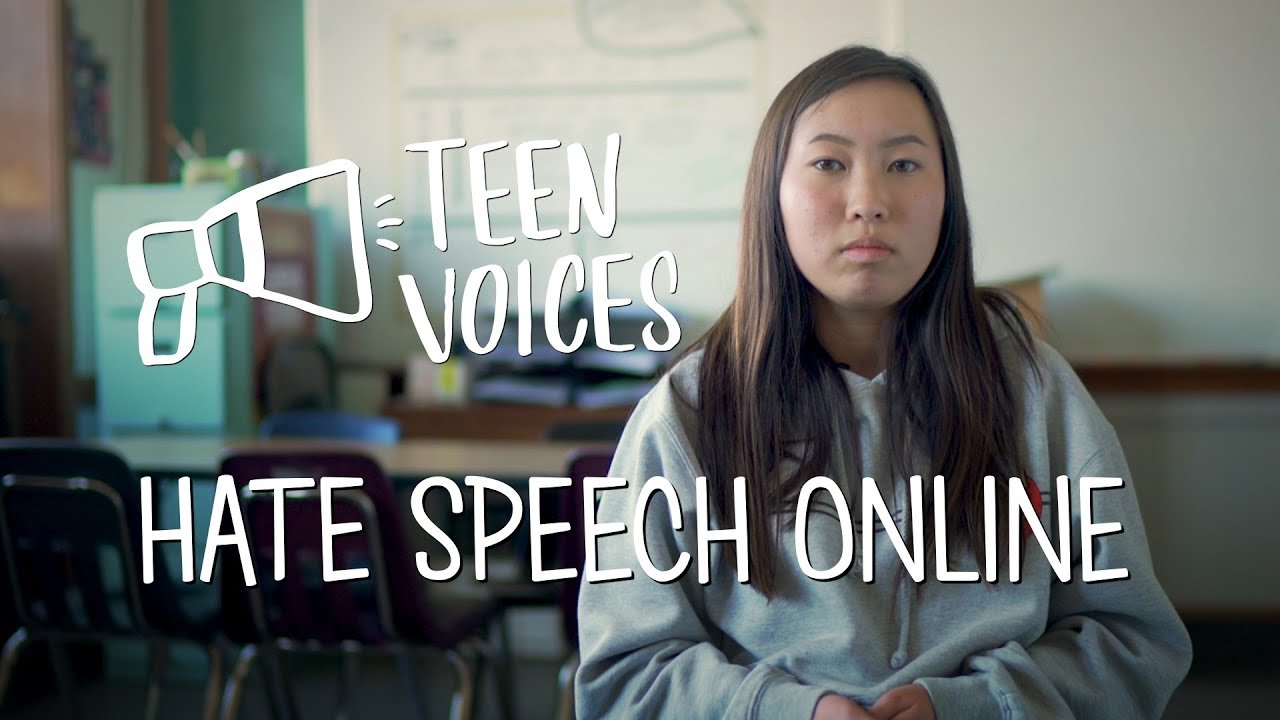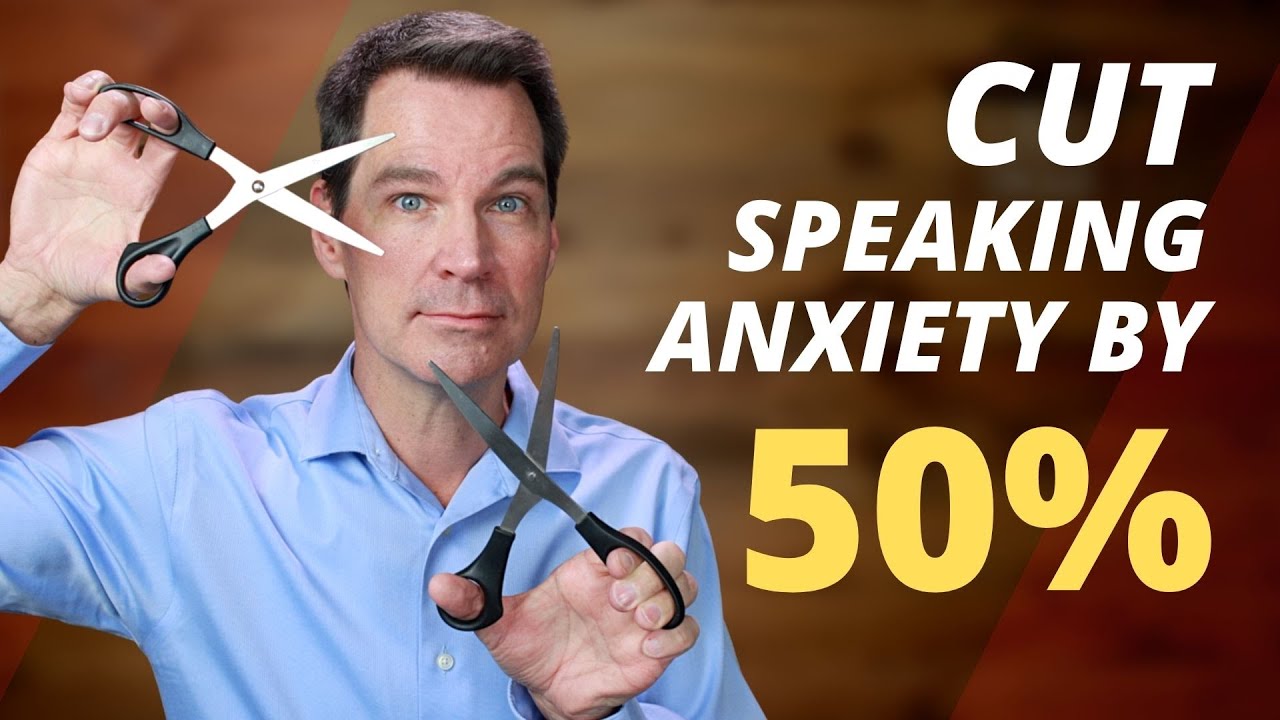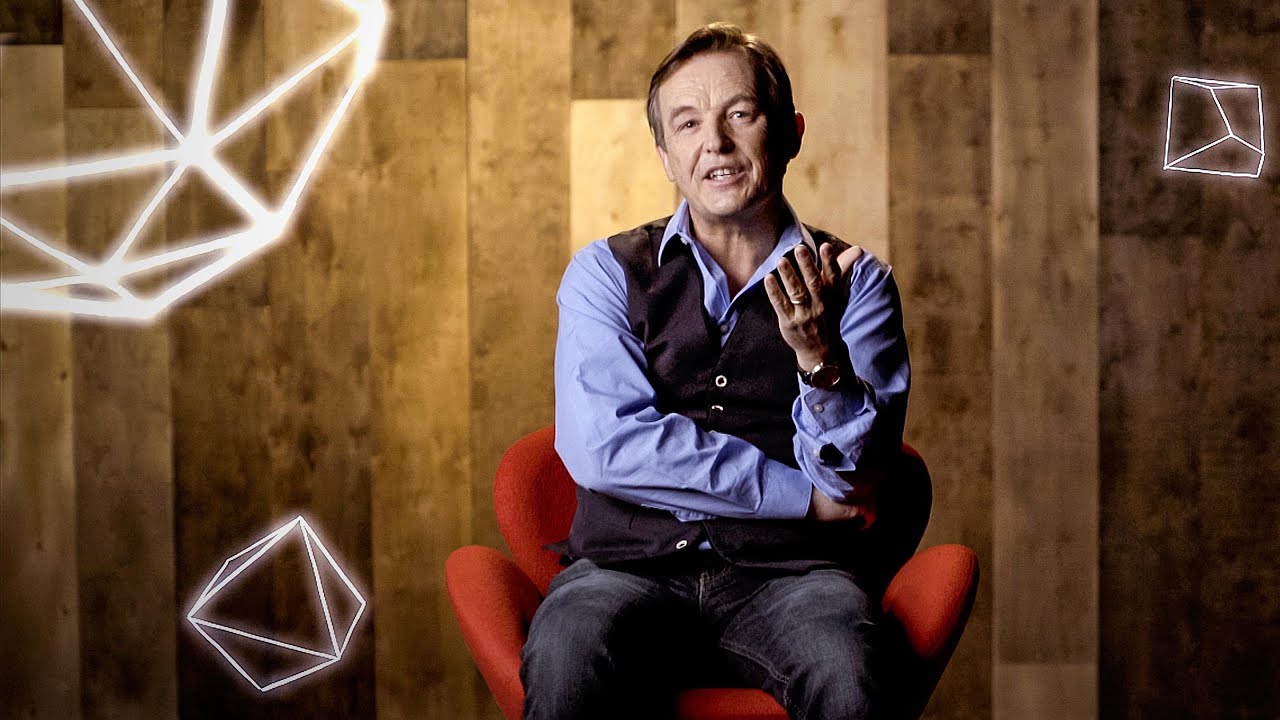In today’s fast-paced digital realm, online speech has transcended traditional communication methods, taking center stage in how we connect. Remember those days when meetings were limited to conference rooms and phone calls? Well, thanks to technology, that’s old news! The evolution of online speech has turned it into a vital tool for anyone looking to make an impact, whether it’s entrepreneurs launching their brands or speakers captivating audiences from afar. The shift to this platform reached a tipping point during the COVID-19 pandemic, propelling us into a world where our reach is no longer confined by geography or available resources. Picture this: you can engage with an audience on the other side of the globe without leaving your living room. It’s revolutionary!

Understanding Online Speech in a Digital Age
As we adapt to the digital age, the toolset that fuels online speech continues to expand. Platforms like Zoom and Microsoft Teams are no longer just for virtual meetings; they’re gateways to global engagement. With TEDx rapidly increasing its online events, we’ve seen a seismic shift in how ideas circulate and grow, fostering an environment where innovation thrives. The audience is hungry for authentic connections, and online speech offers just that.
Not only that, but as speakers, we need to recognize the incredible potential of these platforms. The rise of tools like Slido and Miro have transformed presentations into interactive experiences. Imagine incorporating real-time polls amidst your big pitch—now that’s engaging! Shopify uses these tools in their seminars, making their sessions lively and dynamic, ensuring the audience stays alert and involved. Truly, online speech has enhanced the connection between speaker and audience like never before.
We can’t overlook the tech advancements that have occurred. By integrating AI in platforms such as Zoom, we’re enhancing the viewer experience through features like automated transcription. This means no more stumbling over notes or worrying about detailing every minute on the spot. Consider a brand like Salesforce, whose presenters use smart spotlighting to draw attention to key moments seamlessly. It’s giving them a polished edge that keeps audiences coming back for more.

Top 7 Ways Online Speech is Changing Communication
Platforms such as Google Meet and Skype are game changers, allowing people from diverse backgrounds to unite. Organizations like TEDx utilize online speech to reach global audiences, breaking down barriers and sharing transformative ideas.
Real-time feedback is crucial. Tools like Miro and Slido allow speakers to create interactive presentations that keep audiences engaged. Let’s take Shopify as an example—they’ve hosted seminars that spark discussions, inspiring participants to think beyond traditional formats.
Online speech platforms, like Microsoft Teams, have revolutionized communication, offering features such as live captioning and translation. These adaptations bridge language divides, making the message accessible to non-native speakers, thereby widening the potential audience’s scope.
The integration of AI tools into online speech platforms has pushed the envelope. Whether it’s features like smart spotlighting or real-time analytics, companies like Salesforce have refined their presentations through tech, ensuring they deliver impactful speeches without a hitch.
Online speech has paved the way for storytelling redefined. Look at Netflix’s virtual panels, which exhibit varied pacing and employ visual storytelling. They harness non-linear formats to create immersive experiences for their viewers.
Metrics matter. With built-in analytics on platforms, speakers can track audience engagement, adjusting their messaging accordingly. Innovators like Canva are already adjusting their pitches based on these insights, leading to more relevant and impactful content.
Podcasting and webinars are on the rise, empowering individuals to expand their reach. Public figures such as Brené Brown and Gary Vaynerchuk manage their brands by consistently delivering valuable content through diverse online speech formats.

Challenges and Considerations in Online Speech
While the benefits of online speech are vast, we can’t ignore the roadblocks along the way. Issues such as unreliable internet connections can derail presentations in an instant. Ever faced a screen freeze while mid-sentence? Yup, that’s a reality many speakers have dealt with. Building personal connections can be challenging in a virtual setting, where eye contact and body language may get lost in translation.
Screen fatigue is real, and that’s an aspect every speaker needs to consider. Audiences can easily tune out when they’re drained. A hybrid approach—combining live and online formats—seems to combat this effectively, as seen in events like the 2026 World Economic Forum. This method not only keeps engagement high but also diversifies the methods of interaction for the audience.
Then comes the overwhelming flood of content. With endless webinars and online presentations, standing out is key. The demand for unique, engaging material has never been higher. A speaker must focus on authenticity and creativity to break through the noise and resonate with audiences.

Future Trends: What Lies Ahead for Online Speech?
Looking ahead, the future of online speech is teeming with possibilities. Imagine VR and AR evolving to create virtual environments that mimic attending live events, enveloping audiences in immersive experiences. This isn’t science fiction; it’s on the brink of becoming reality.
Moreover, AI-powered coaching tools will sharpen speaker preparation; these innovations could offer real-time feedback similar to how tools like Grammarly upgraded writing. This trend is exciting as it opens doors for speakers to improve their delivery instantly and effectively.
As we charge forward into 2026 and beyond, the phenomenon of online speech will continue to reshape how we communicate. It democratizes dialogue, allowing everyone—from corporate leaders to grassroots activists—to share their messages and ideas with the world. The ongoing integration of technology guarantees new ways to engage and connect, paving the way for a brighter, more interactive future.

Innovative Wrap-Up
Let’s recap: online speech is not just transforming our communication; it’s setting the stage for monumental changes on how we connect. Embracing this evolution means harnessing every tool available—be it through speech practice, talk training, or refining your stage Skills. The future beckons with exciting opportunities, and your voice deserves to be heard!
So, fellow speakers and entrepreneurs, it’s time to take hold of your speaking careers. Step into this landscape with open eyes and ambition. In this brave new world, you have the chance to captivate, inspire, and spark change. Don’t just adapt—thrive!
Online Speech: Engaging with the Digital World
The Rise of Online Speech
Did you know that online speech has become more than just a communication tool? With platforms like Zoom and Google Meet, it’s revolutionized how we connect and share ideas across the globe. Speaking engagements that once required travel can now reach broader audiences through live streaming. For example, take a look at the popularity of digital influencers. Logan Paul, who started as a YouTube star, has deftly transitioned into a business mogul. His journey exemplifies how online speech serves as a bridge between personal branding and audience engagement.
The Fun Side of Online Speech
Online speech brings a sprinkle of fun into the mix too! Trivia time: did you catch the buzz about McDonald’s partnering with Crocs for Happy Meals? Yeah, you read that right! It’s a quirky example of how brands utilize online speech to amplify their reach and connect with audiences in unexpected ways. By using social media and engaging visuals, they’re transforming how brands and consumers interact. And speaking of trends, the recent “Scar” from the Lion King has become a popular meme, showcasing how the playful side of online speech can impact pop culture.
Future of Online Speech: More Than Just Conversation
Looking ahead, online speech is evolving rapidly, shaping future workplace dynamics and personal interactions alike. If you’re a fan of movies, you’ll be thrilled to know that buzz around Batman 2 suggests that online speeches and promotions will play pivotal roles in film marketing. Imagine trailers with interactive Q&A sessions, where fans can directly engage with creators! This new blend of entertainment and technology emphasizes the excitement of online speech and its growing importance. In short, as we embrace innovation, online speech will continue to be a game-changer for everyone.










